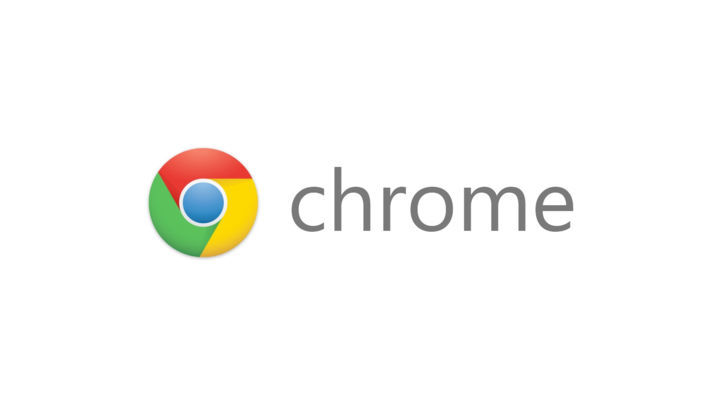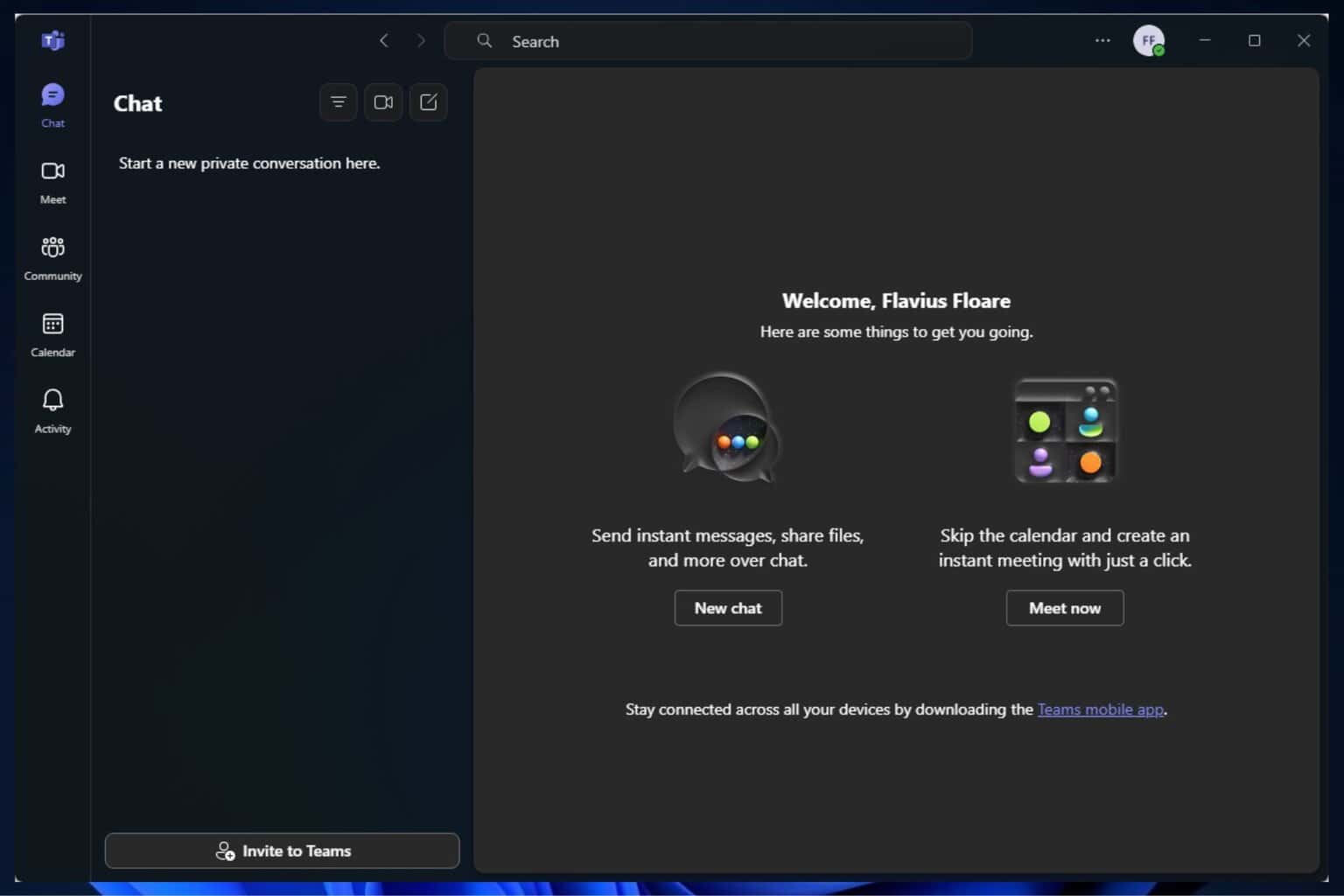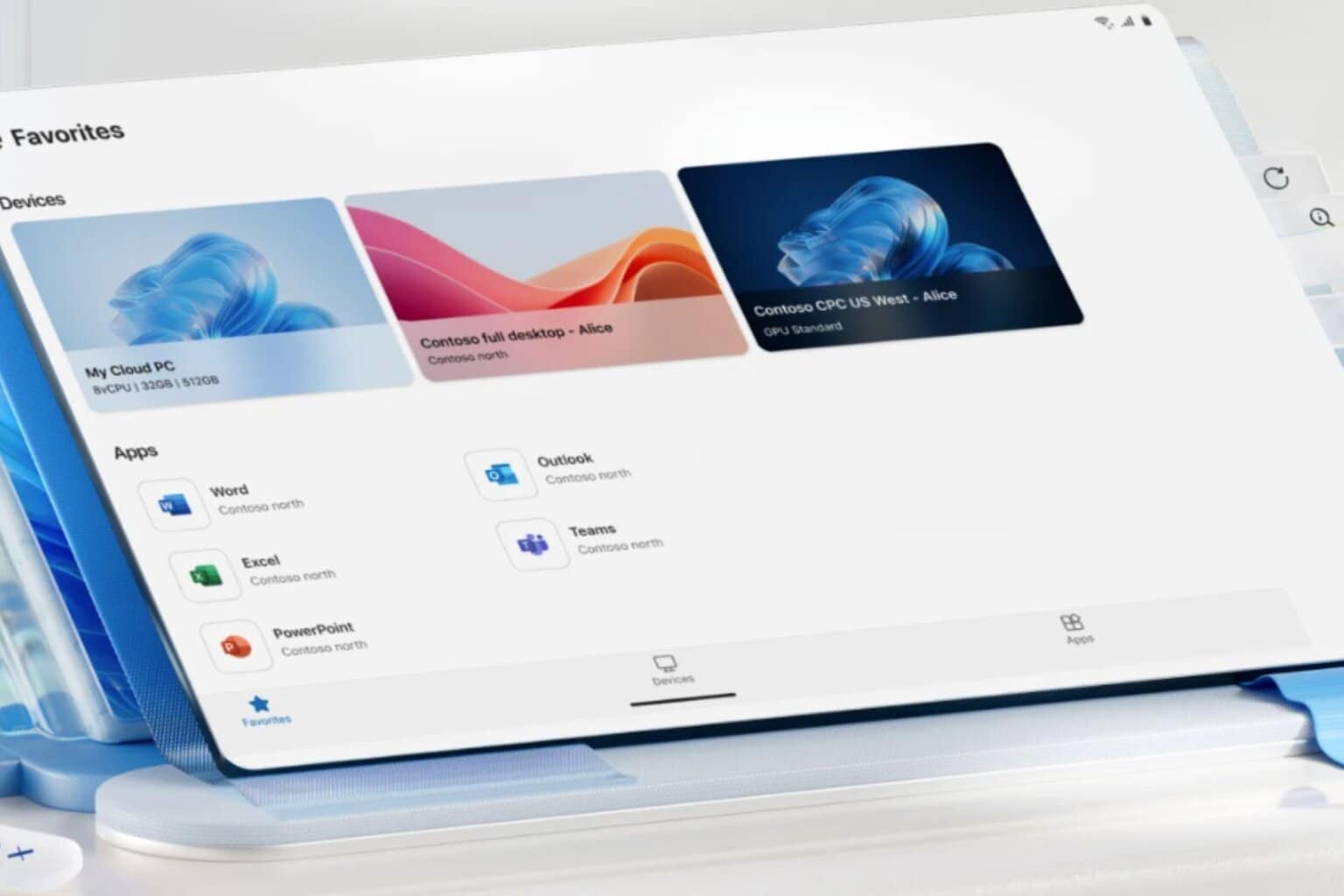Chrome's battery life and performance to be improved by throttling background pages
2 min. read
Updated on
Read our disclosure page to find out how can you help Windows Report sustain the editorial team. Read more

Google Chrome may be the top performing web browser today, but its impressive features often take their toll on battery. That is because Chrome tabs consume a lot of system resources even when they are running in the background. Google is now working on a timer that would throttle background pages in an effort to help improve battery life and browser performance.
Chrome will start throttling background pages to improve battery life
The throttling system will be shipping with Chrome 56 and limit the number of JavaScript operations for background tabs. Google intends for the limitation to minimize the CPU usage of Chrome’s background pages, supposedly leading to improved browser performance and prolonged battery life as an indirect result.
Google explained the new mechanism in detail in a Google Docs document which is available for viewing now. The goal is to take on resource intensive JavaScript timers that have grown in significance over the last couple of years as real-time web-based applications proliferate.
Think of the emails and chat messages you are notified about in real time: Developers use JavaScript timers to trigger actions at certain points. These timers, however, have been subject to abuse as many developers tend to overload pages with non-stop timers, leading Chrome background tabs to consume huge amounts of memory on a device.
With the new update coming to the stable version of Chrome 56, Google will implement a time budget for each tab. The time budget will control the access to Chrome’s JavaScript processing engine for background pages. Time budget for background tabs can run out if the unfocused pages trigger excessive amount of timers.
Google engineer Alexander Timin describes the throttling mechanism:
- Each WebView has a budget (in seconds) for running timers in background.
- A timer task is only allowed to run when the budget is non-negative.
- After a timer has executed, its run time is subtracted from the budget.
- The budget regenerates with time (at rate of 0.01 seconds per second).
Google plans to roll out the new feature for Windows, Mac, Linux, Chrome OS, Android, and Android WebView, though there’s no official release date for the stable Chrome 56 yet.
That’s not all, Google will be enhancing Chrome’s battery life with real time protection in the upcoming version, so don’t miss it.








User forum
0 messages